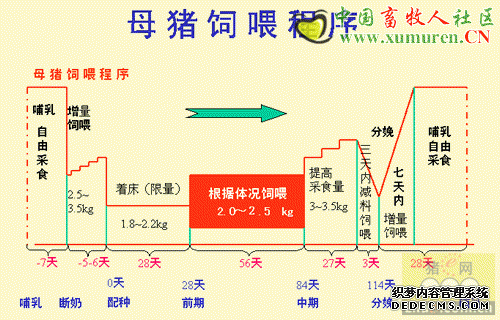By Dr Todd See, Swine Genetics Specialist, North Carolina State University - Rats and mice can be a major economic threat around swine facilities. They consume and contaminate feed, and they have been implicated in maintaining or spreading diseases. House mice and Norway rats are considered the most troublesome and economically important. They thrive in and around farms and rural homes, and sometimes inhabit open fields and crops.
Swine Genetics Specialist
North Carolina State University
Controlling Rodents
Rats will undermine building foundations and concrete slabs. Mice are particularly destructive to building insulation. Most common types of insulation, including rigid foam and fiberglass batts, are susceptible to rodent damage. A rodent infestation can cause thousands of dollars in damage in a matter of months. Additionally, rodents frequently gnaw on electrical wiring, causing equipment malfunctions, power outages, and fires as a result of short circuits. Rat and mice populations decrease during colder weather, but you may see the pests more often because they tend to move indoors to find warmer nesting sites.
Rodents and Swine Diseases
Rodents and other wildlife can play an important role in the transmission of swine diseases, although the occurrence of such diseases in rodents and their contribution to disease problems on hog farms is not well documented. Swine diseases that rats and mice may harbor or disseminate include bordetellosis, leptospirosis, pseudorabies, salmonellosis, swine dysentery, erysipelas, and toxoplasmosis. Rodents can spread or accelerate the spread of diseases from contaminated areas to uncontaminated areas via their droppings, feet, fur, urine, saliva, or blood. As an example, rats may travel through infected feces of sick pigs and then contaminate feed or water several hundred feet away. Rodents, if eaten by swine, also can directly transmit diseases. When rodents live around farm buildings, they are a food source that can attract predators such as foxes, raccoons, skunks, or stray dogs and cats, and these, in turn, may contribute to disease problems. An effective disease barrier system cannot be achieved or maintained without good rodent control.
Recognizing Rodent Infestations
Droppings, tracks, burrows, pathways, and fresh gnawings indicate areas where rodents are active. Rodent nests, made from fine shredded paper or other fibrous material, are often found in sheltered locations. Insulated walls and ceilings are common nesting locations for rodents, especially mice. Rats also burrow into the ground inside and outside of swine buildings. When present in relatively high numbers, rats and mice occasionally can be seen during daylight hours, but they are most active at night, particularly just after dusk. Thus, conducting an inspection of the premises at nightfall may help to identify the location, distribution, and severity of a rodent infestation.
Rodent Control
For effective control, an integrated pest management (IPM) approach that incorporates the timely use of a variety of cost-effective control methods is recommended. These include: (1) sanitation, (2) rodent-proof construction, and (3) population reduction.
The first two are preventive measures. When an infestation already exists, population reduction is typically needed. Reduction techniques include trapping, toxic baits, and fumigation.
Another important component of an effective IPM program is pest population monitoring. Records of trapping success and measures of rodent activity will help to determine the need for additional control efforts.
Sanitation. Although good sanitation will seldom eliminate rodents, it certainly will aid in controlling them. Conversely, poor sanitation is sure to attract rodents and permit them to thrive. The continual presence of a sizable rodent population suggests that too little attention is being given to the proper maintenance of the facilities. Although inadequate sanitation contributes to more serious rodent problems, rodent infestation (particularly house mice) does not necessarily mean that sanitation is inadequate. On swine farms it is generally impossible to exclude rodents from all available food. But, removing shelter that rodents can use for hiding, resting, and nesting is valuable in control. Regular removal of debris and control of weeds around structures will reduce the amount of available shelter. Additionally, a clean, 3-ft weed-free perimeter around structures may make rodents feel more "exposed" and permit easier detection of rodent activity.
声明
来源:互联网
本文地址:http://farm.00-net.com/yz/zhu/5/2007-09-20/142448.html








